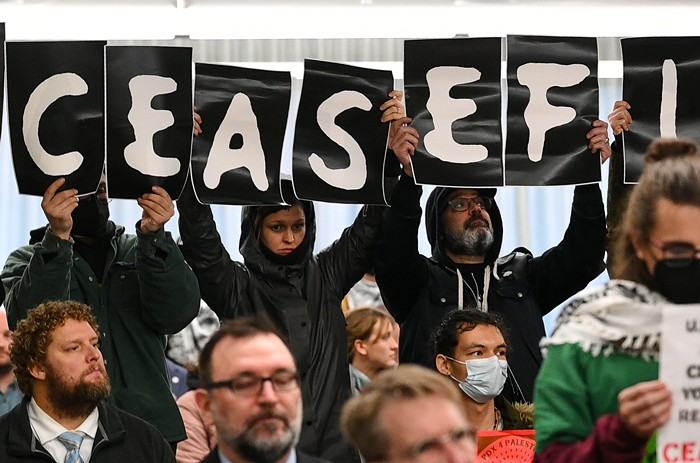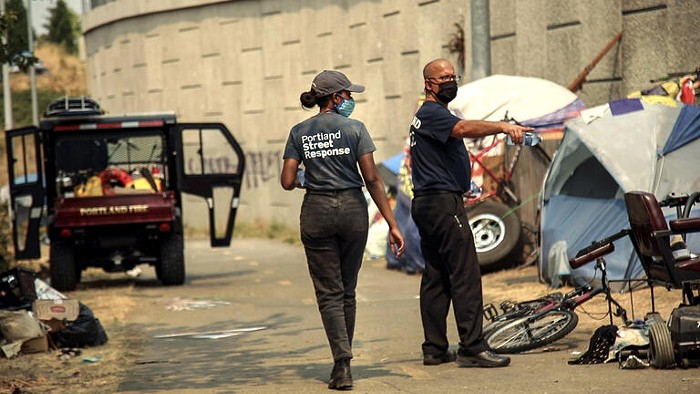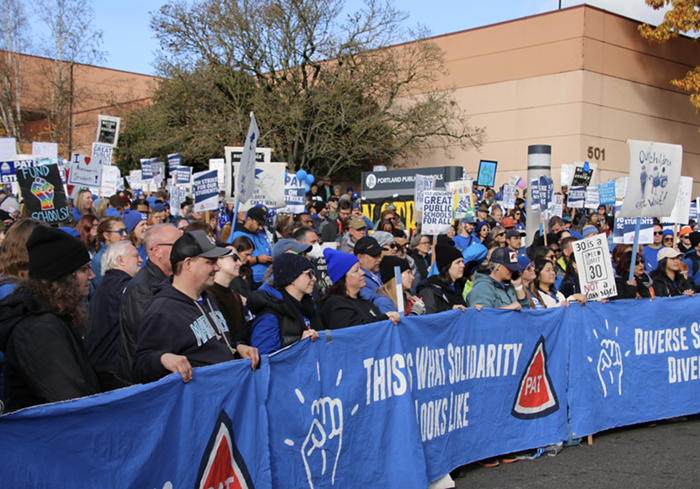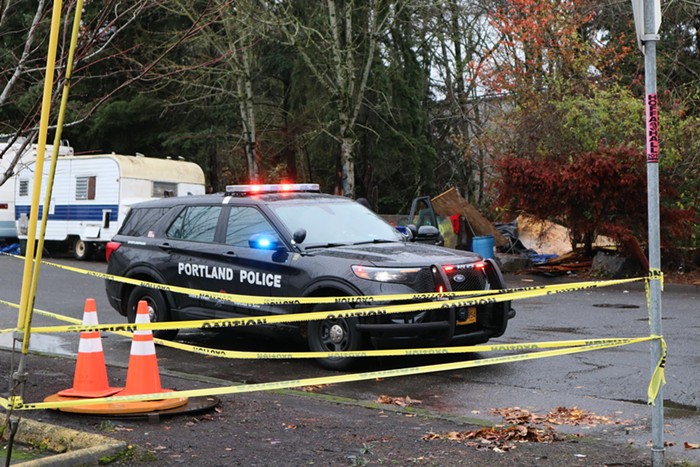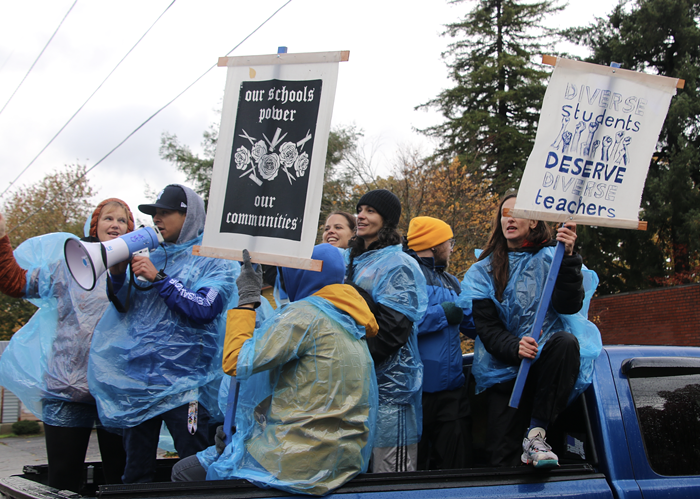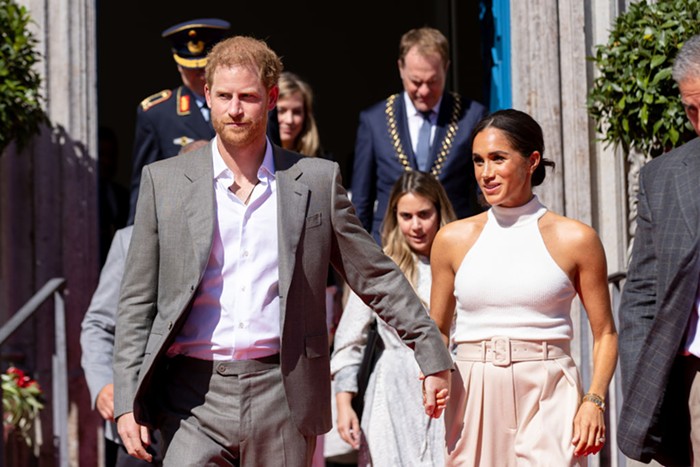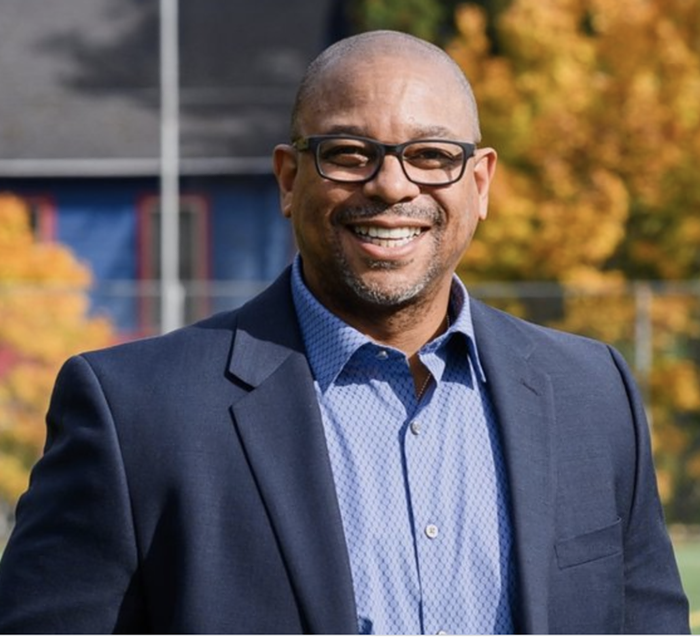Nearly Five years ago, Jose Mejia Poot tried to board a city bus, but was a few coins short of a fare. He didn't speak English and, in the confusion, became confrontational with the bus driver. The police were called, Mejia Poot was detained, and mistakenly, he was thrown into a psychiatric hospital. After two days there, Mejia Poot once again became agitated and the police were again called, arriving without a translator. When Poot lunged at the officers, they shot him dead.
That incident is one of 15 police shootings that was investigated in the most recent report from the LA-based Police Assessment Resource Center (PARC). The PARC report follows up on a similar investigation two years ago that looked at Portland police shootings between the years of 1997 and 2000. This second report examines shootings between July 2000 and December 2001. Both reports show troubling trends in the Portland Police Bureau and make pointed suggestions for preventing these deaths.
Most notably, the PARC report shows a portrait of a police bureau that stubbornly resists change. Many of the same recommendations made in this most recent report are identical to those of two years ago. Only a few recommendations were implemented—and then only partially. For example, there had been a push to require officers to write a report each time they drew a weapon. Instead, the bureau implemented a policy requiring reports only when the officer draws and points the weapon. The first PARC report also recommended that officers be interviewed immediately following a shooting, to avoid giving officers a chance to confer and twist the facts to their favor. In response to the recommendation, the bureau verbally promised to follow this protocol—yet have not committed the new policy to any written form in instruction manuals or policy handbooks.
For a scrutinizing look at the PARC report, check out: www.portlandcopwatch.org.
